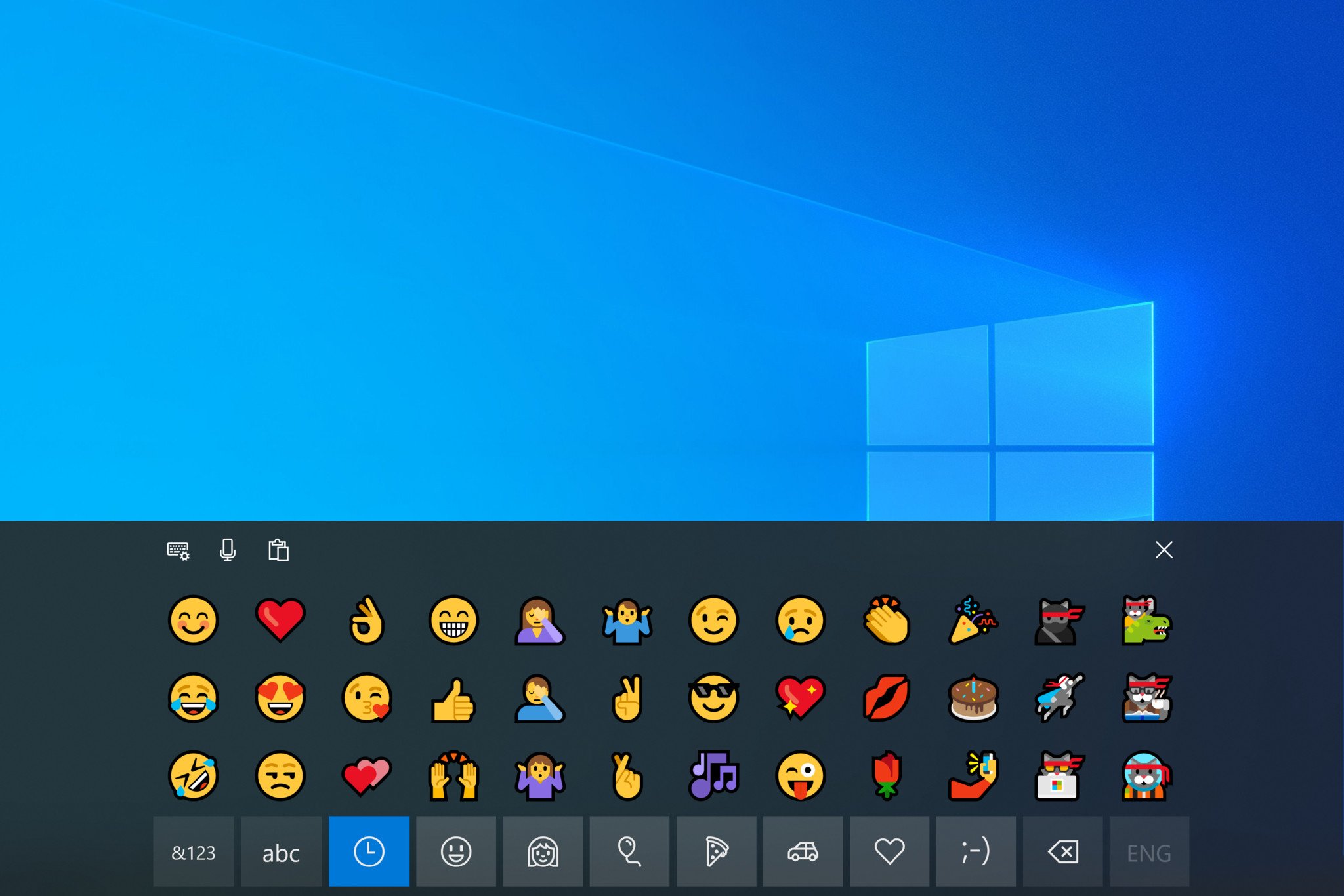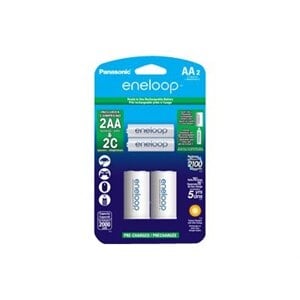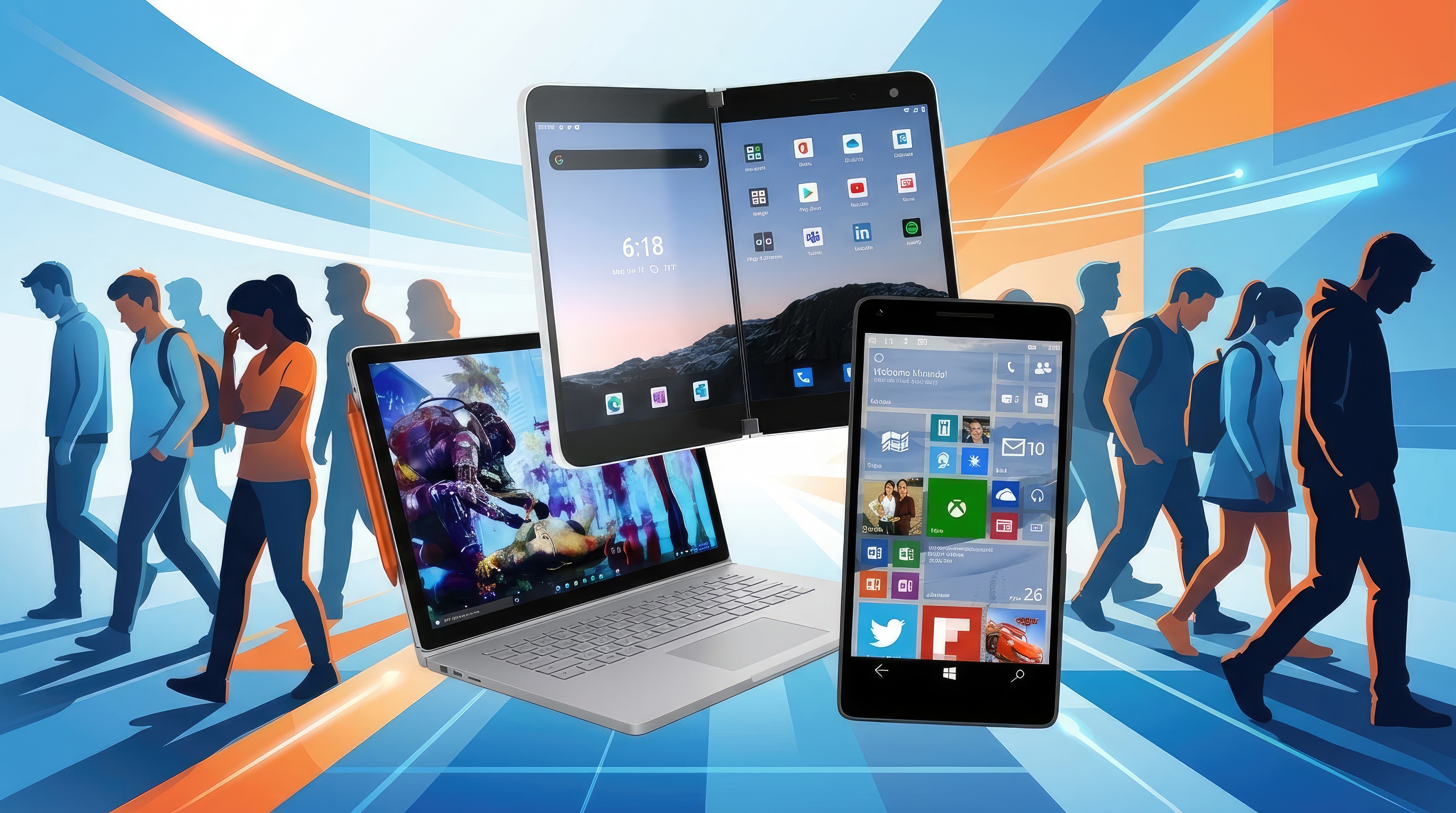On World Emoji Day, Microsoft employee sheds light on how emojis are designed for Windows 10
Some light has been shed on how emojis are designed for Windows 10.

What you need to know
- A new blog post sheds light on how emojis are made for Windows 10.
- While emojis are on most platforms, the look of specific emojis are built for each OS.
- Emojis aren't added to Windows 10 until they've gone through a complex design process.
It's World Emoji Day, and a Microsoft employee has shed light on how emojis are designed for Windows 10. Arthur Canales wrote a post for Medium that breaks down the design and implementation process for getting emojis onto Windows 10. While the post doesn't contain much new information, it does lay out the process and shares insights on emoji design.
Whenever an emoji idea is proposed, the Unicode Consortium decides if it's worth adding. The Unicode Consortium is a nonprofit organization that includes tech companies and other organizations that aim to maintain consistency for writing systems across platforms. The consortium does a lot more than deal with emojis, but they are the ones that approve the addition of new ones.
Once the Unicode Consortium decides to add an emoji, developers of different operating systems have to design specific emojis to show up on their platforms. Canales points out that Microsoft uses vector-based font glyphs for their emojis. This allows them to scale well and work as a font.
Judy Safran-Aasen, a program manager at Microsoft, explains that designing emojis presents specific challenges because of their size. She explained, "For example, many emoji faces have only minor differences between them. In certain instances, the design will need to exaggerate certain features to make them distinct."
Once an emoji has an approved design, it rolls out in the next Windows release. Generally speaking, Windows 10 supports emojis well. The touch keyboard on the OS has an emoji panel, and you can access and search emojis using the Windows key + period shortcut or use Windows key + semicolon if you'd like to insert an emoji using a keyboard.
Portable (and affordable) power accessories we love
Each and every one of these charging gadgets will keep your favorite gear and gadgets going for longer, and none of them costs more than $30.

VisionTek 8,000 mAh micro-USB power bank ($13 at Dell)
All the latest news, reviews, and guides for Windows and Xbox diehards.
This compact dual-output powerbank can speedily recharge any and all your devices, thanks to a two-amp "fast charge feature," using its micro-USB out port. Its simple design includes an LED indicator, and it costs about as much as a single ticket to the movies.

Panasonic eneloop AA batteries (From $13 at Dell)
Panasonic's rechargeable batteries are among the best available, and just a couple of them will keep your favorite remote, mice or other peripherals powered up when you need them. They're also eco. And the company's affordable charger fits and charges both AA and AAA batteries at the same time.

Belkin Qi Wireless Charging Pad ($30 at Dell)
This unobtrusive Qi wireless charging pad looks good (and kind of like a UFO …) and easily charges all your Qi-compatible device up to 5W. Its LED indicator lights up when you're charging. And it costs just $30.

Sean Endicott is a news writer and apps editor for Windows Central with 11+ years of experience. A Nottingham Trent journalism graduate, Sean has covered the industry’s arc from the Lumia era to the launch of Windows 11 and generative AI. Having started at Thrifter, he uses his expertise in price tracking to help readers find genuine hardware value.
Beyond tech news, Sean is a UK sports media pioneer. In 2017, he became one of the first to stream via smartphone and is an expert in AP Capture systems. A tech-forward coach, he was named 2024 BAFA Youth Coach of the Year. He is focused on using technology—from AI to Clipchamp—to gain a practical edge.
